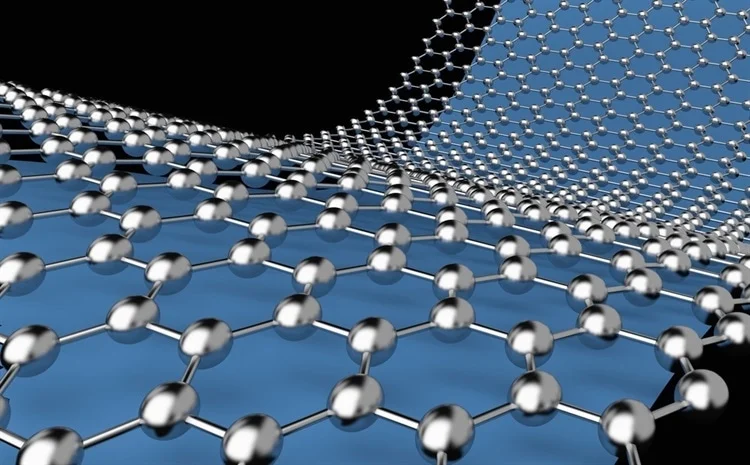UAMMI announces composites 202 class in September Utah Advanced Materials and Manufacturing Initiative (UAMMI) announces a new class, Composites 202 , that is taking placing at the Davis Technical College – Applied Science Building (Kaysville, Utah) on Sept. 27, 2022 from 8:00 a.m. – 12:00 p.m. MDT. Presented by UAMMI, and sponsored by Davis Technical College, the Institute for Advanced Composites Manufacturing Innovation (IACMI, Knoxville, Tenn., U.S.) and Composites One (Schaumburg, Ill., U.S.), the free class will cover six processes: Vacuum infusion processing Filament winding Roll wrapping Bladder molding Curing with a hot bonder Thermoplastics During the class, the basic nature of composites and the most common materials that are used will be explained. There will also be a discussion on the advantages composites bring compared to other structural materials, and a non-technical overview on how composites are designed ...




